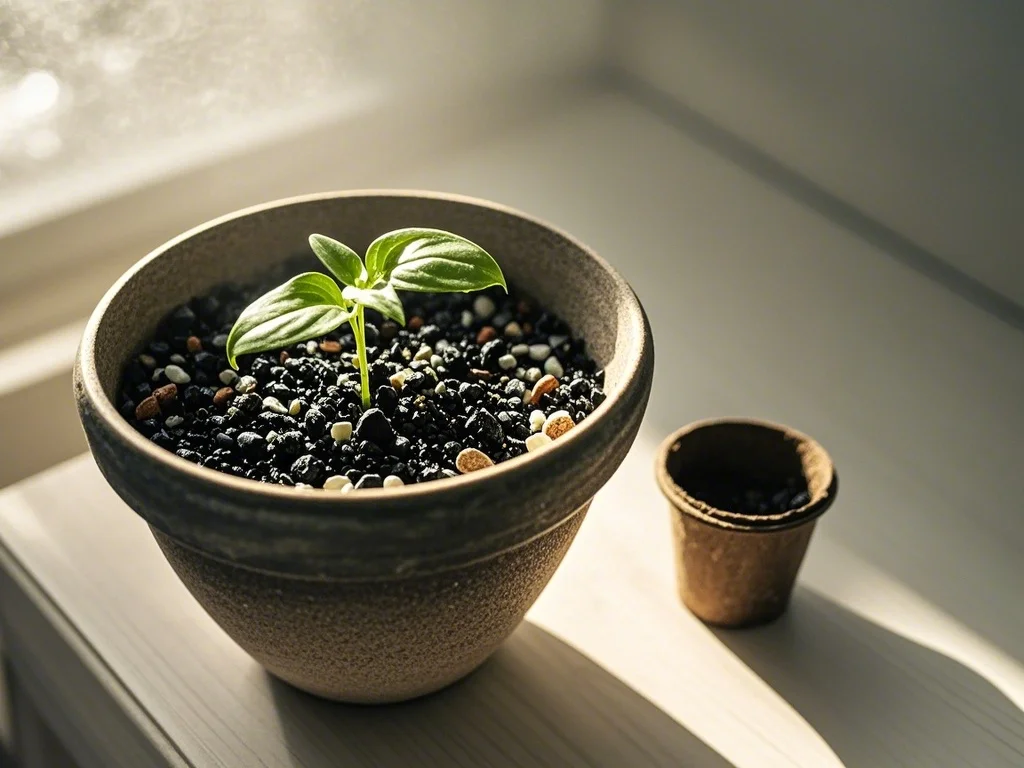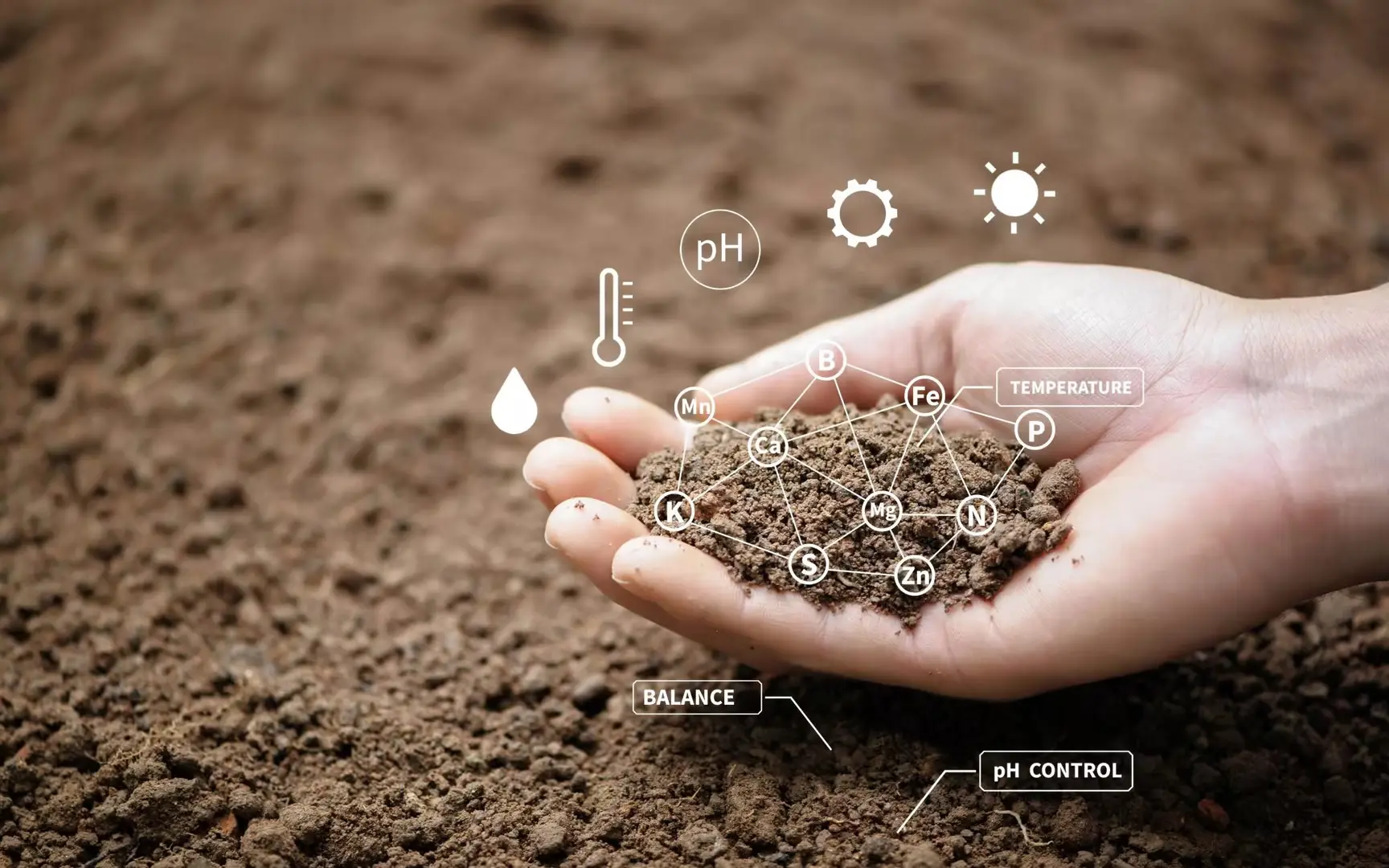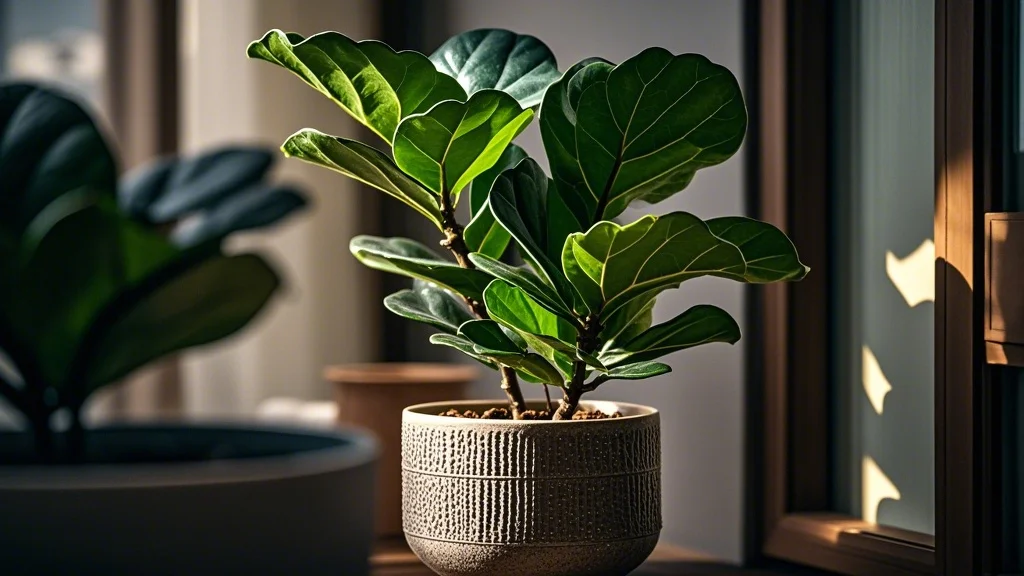As urban gardeners and houseplant enthusiasts, we often focus on watering schedules, light requirements, and fertilization. However, the foundation of healthy plant growth lies beneath the surface – in the soil. Understanding and utilizing soil amendments can dramatically improve your plants’ health, growth, and overall vitality. In this comprehensive guide, we’ll explore three essential soil amendments: perlite, vermiculite, and bark. We’ll delve into their unique properties, benefits, and how to incorporate them into your potting mix for thriving indoor plants.
Contents
What Are Soil Amendments?
Soil amendments are materials added to soil to improve its physical properties. They can enhance drainage, water retention, aeration, and nutrient-holding capacity. For indoor plants, the right soil amendments can mean the difference between a struggling specimen and a lush, vibrant one.
Perlite: The Aeration Expert
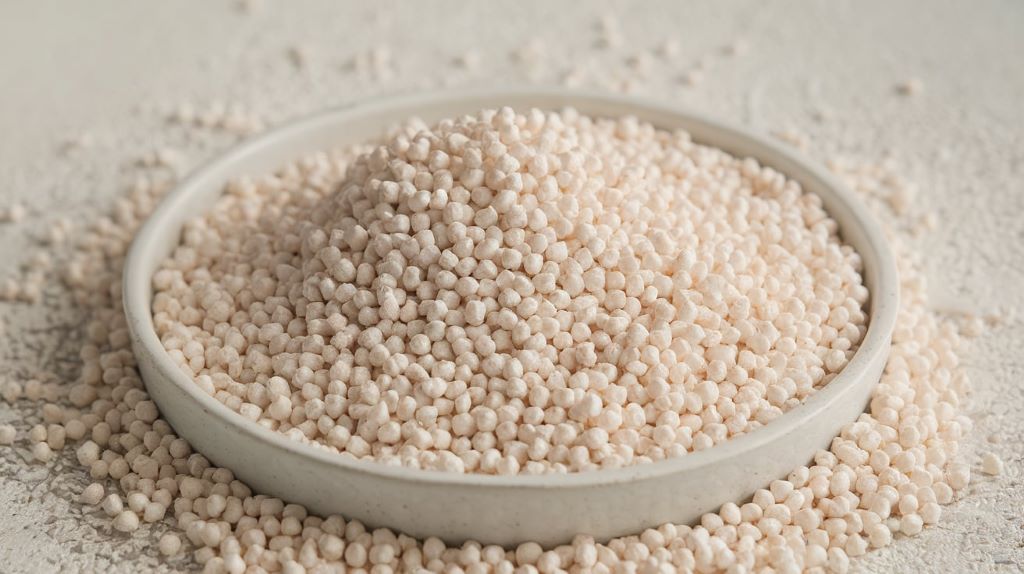
What is Perlite?
Perlite is a volcanic glass that has been superheated until it expands, creating a lightweight, porous material. It appears as small, white, popcorn-like granules in potting mixes.
Benefits of Perlite
- Improved Aeration: Perlite creates air pockets in the soil, allowing roots to breathe and preventing compaction.
- Enhanced Drainage: Its porous nature helps excess water drain quickly, reducing the risk of root rot.
- Lightweight: Ideal for container gardening and hanging baskets where weight is a concern.
- pH Neutral: Doesn’t affect soil pH, making it suitable for a wide range of plants.
When to Use Perlite
- For succulents and cacti that require excellent drainage
- In seed-starting mixes to promote strong root development
- To lighten heavy soils or clay-based potting mixes
- For plants prone to root rot or those that prefer drier conditions
How to Use Perlite
Mix perlite into your potting soil at a ratio of 1 part perlite to 3-4 parts soil for general use. For succulents or plants requiring exceptional drainage, increase the ratio to 1:1.
Vermiculite: The Water-Retaining Wonder
What is Vermiculite?
Vermiculite is a natural mineral that expands when heated, creating a lightweight, sponge-like material with excellent water-retention properties.
Benefits of Vermiculite
- Water Retention: Holds onto moisture, releasing it slowly to plant roots.
- Nutrient Retention: Helps prevent nutrients from leaching out of the soil.
- Improves Soil Structure: Loosens heavy soils and adds body to light soils.
- pH Neutral: Like perlite, it doesn’t affect soil pH.
When to Use Vermiculite
- For moisture-loving plants that require consistent soil moisture
- In seed-starting mixes to maintain humidity around germinating seeds
- To improve water retention in sandy or fast-draining soils
- For plants that prefer higher humidity levels
How to Use Vermiculite
Incorporate vermiculite into your potting mix at a ratio of 1 part vermiculite to 2-3 parts soil. For seed-starting or moisture-loving plants, increase the ratio to 1:1.
Bark: The Organic Structure Builder
What is Bark as a Soil Amendment?
Bark amendments typically come from pine or fir trees and are available in various sizes, from fine to coarse.
Benefits of Bark
- Improved Drainage: Especially beneficial for orchids and epiphytes.
- Aeration: Creates air pockets in the soil, promoting root health.
- Slow Decomposition: Provides long-lasting structure to the soil.
- pH Adjustment: Can slightly lower soil pH, beneficial for acid-loving plants.
When to Use Bark
- For orchids and other epiphytic plants
- To improve drainage in heavy soils
- For plants that prefer slightly acidic conditions
- In large containers to maintain soil structure over time
How to Use Bark
Mix bark into your potting soil at a ratio of 1 part bark to 3-4 parts soil for general use. For orchids or plants requiring exceptional drainage, use a bark-based orchid mix or create a custom mix with higher bark content.
Comparing Perlite, Vermiculite, and Bark
Understanding the differences between these amendments can help you choose the right one for your plants:
| Property | Perlite | Vermiculite | Bark |
|---|---|---|---|
| Water Retention | Low | High | Medium |
| Aeration | High | Medium | High |
| Drainage | Excellent | Good | Excellent |
| Nutrient Retention | Low | High | Medium |
| pH Effect | Neutral | Neutral | Slightly Acidic |
| Longevity | Long-lasting | Long-lasting | Decomposes slowly |
Creating Custom Soil Mixes
Now that we understand the properties of each amendment, let’s explore how to create custom soil mixes for different plant types:
Succulent and Cacti Mix
- 2 parts potting soil
- 2 parts perlite
- 1 part coarse sand
This mix provides excellent drainage and aeration, preventing water retention that can be detrimental to succulents and cacti.
Tropical Houseplant Mix
- 3 parts potting soil
- 1 part perlite
- 1 part vermiculite
- 1 part bark
This balanced mix offers good water retention while still maintaining adequate drainage and aeration for most tropical houseplants.
Orchid Mix
- 4 parts bark (medium to coarse)
- 1 part perlite
- 1 part sphagnum moss
This mix mimics the natural growing conditions of epiphytic orchids, providing excellent drainage and aeration while still retaining some moisture.
Seed-Starting Mix
- 2 parts vermiculite
- 2 parts perlite
- 1 part coconut coir or peat moss
This light, moisture-retentive mix is ideal for germinating seeds and encouraging strong root development in seedlings.
Tips for Using Soil Amendments
- Always moisten amendments before use: This prevents them from absorbing water from your potting mix or plants.
- Adjust ratios based on plant needs: Increase perlite for plants that prefer drier conditions, or vermiculite for those that like consistent moisture.
- Consider your watering habits: If you tend to overwater, lean towards more perlite. If you often forget to water, add more vermiculite.
- Repot regularly: Over time, organic materials like bark will decompose. Repot every 1-2 years to refresh the soil mix.
- Combine amendments: Don’t be afraid to use multiple amendments in a single mix to achieve the perfect balance for your plants.
- Monitor your plants: Observe how your plants respond to different soil mixes and adjust as needed.
Common Mistakes to Avoid
- Using garden soil for potted plants: Garden soil is too heavy and can harbor pests and diseases. Always use a well-draining potting mix amended with appropriate materials.
- Overusing amendments: While beneficial, too much of any amendment can throw off the soil balance. Stick to recommended ratios.
- Ignoring plant-specific needs: Research your plants’ preferred growing conditions and tailor your soil mix accordingly.
- Forgetting to sterilize: If reusing potting mix or amendments, always sterilize them first to prevent the spread of diseases.
- Neglecting proper drainage: Even with well-draining amendments, ensure your pots have drainage holes to prevent water accumulation.
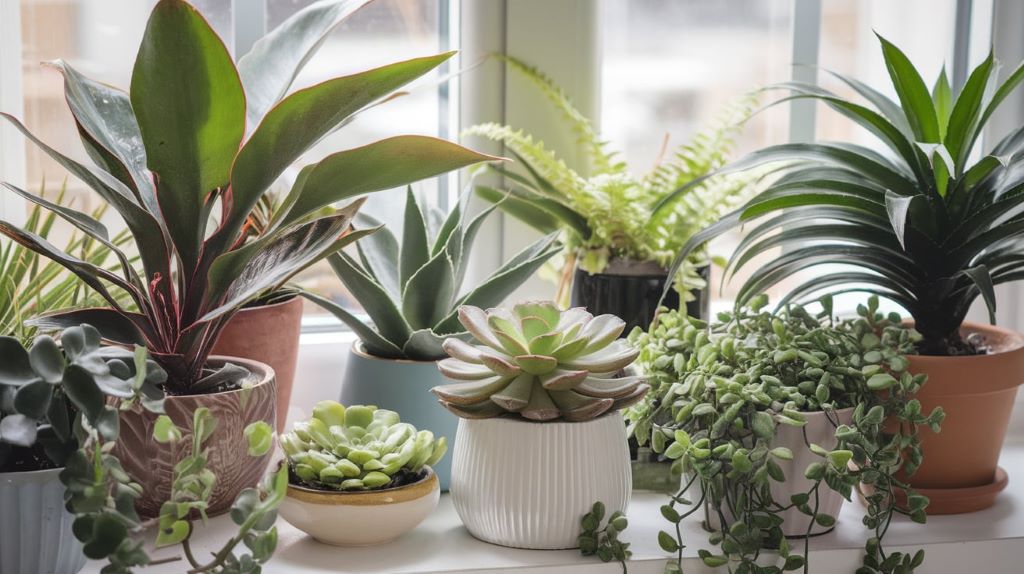
Conclusion
Mastering the use of soil amendments is a game-changer for indoor gardeners. By understanding the unique properties of perlite, vermiculite, and bark, you can create custom soil mixes that cater to the specific needs of your plants. Remember, healthy plants start with healthy soil, and the right amendments can transform your indoor garden from surviving to thriving.
Experiment with different combinations, observe your plants’ responses, and don’t be afraid to adjust your mixes as you learn. With this knowledge, you’re well on your way to becoming a soil amendment expert and giving your plants the best possible foundation for growth. Happy gardening!

